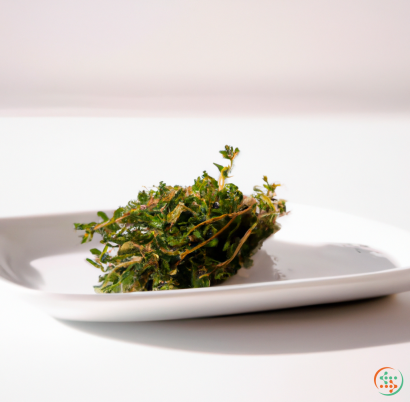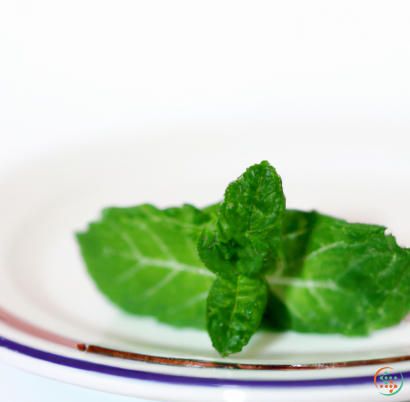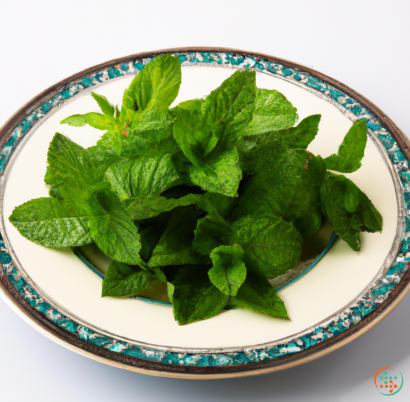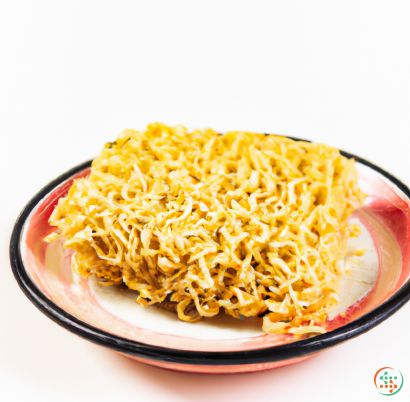Marjoram
Marjoram, scientifically known as Origanum majorana, is an aromatic herb belonging to the mint family, which is native to the Mediterranean region. It is a highly fragrant, slightly sweeter and milder version of Oregano. The Marjoram herb has a diverse range of folklore, traditional medicinal and culinary uses. While it has mainly been used as a culinary herb in Western cuisine, Marjoram has also been increasingly gaining popularity in its essential oil form in aromatherapy.
Appearance and Odor
Marjoram is a perennial plant that grows between 8-24” (20-60 cm) tall. Its fragrant leaves are 7-9 cm long, elliptic-ovate or oblong in shape and are dark green in color. The leaves have small hairs that give the plant a silvery or gray hue and impart its characteristic pungent, musky scent. The plant also produces globe-shaped clusters of pink flowers which are about 6 mm in size. The stem is slightly woody and branched.
Culinary Uses
Marjoram has a sweet and slightly balsamic flavor profile, which can complement many dishes. It is a popular seasoning herb used to flavor sauces, salads, dressings, soups, stews, herbed oil, tea, and other dishes. It can also be used to add flavor to medicinal tinctures. When added to recipes it generally imparts a more subtle flavor than oregano. It is an ideal addition to stocks, marinades, and stuffings. Marjoram is also used to season cheese, potatoes, egg dishes, fish, and poultry.
Traditional and Medicinal Uses
The Marjoram herb has a long history of use in traditional medicines and belief systems. In Ancient Egypt it was used in herbal remedies as a tonic and antiseptic, as well as being woven into garlands and used in religious ceremonies. In its essential oil form, Marjoram has been used to treat a variety of physical ailments, from indigestion and headaches to muscle cramps and paralysis. Proponents of aromatherapy believe that it has the power to reduce stress, improve sleep quality, and stimulate the immune system.
In modern times, Marjoram has been studied for its potential therapeutic effects. A study published in the International Journal of Food Properties in 2011 found that Marjoram had anti-inflammatory and anti-oxidant properties. The study also suggested that Marjoram may be used as a natural preservative in certain food products.
Harvesting and Storage
In the wild, Marjoram is generally grown during the summer months. It is best harvested right before blooming, when the fragrance and flavor is at its peak. The leaves and flowers can be dried for later use. It can be stored in an airtight container in a cool, dry place for up to two years.
Conclusion
Marjoram is one of the most versatile herbs due to its delicate sweet flavor, and its ability to improve the flavor and aroma of dishes. It also has a long history of medicinal and therapeutic uses and is one of the most popular essential oils in aromatherapy. In order to access the full range of health benefits it offers, it is important to harvest and store Marjoram correctly.
Marjoram is a heady and aromatic herb with a subtle yet distinctive flavor. As a member of the mint family, it has many culinary uses, including as an ingredient in soups, salads, sauces and desserts. In its journey to the dinner plate, marjoram passes through a complex chain of production, cultivation and shipping that ensures its freshness and potency. From seed to plate, let’s take a closer look at the journey of marjoram.
Beginning with the Seed
Marjoram begins its journey to the dinner plate as a seed. Depending on the variety, the seeds range in size from roughly 1 millimeter to 6 millimeters, with a round or oval shape. The seeds must be treated before they can be planted and need to be kept at a consistent temperature and humidity. They should be stored in airtight containers to protect them from light, heat and moisture.
Germination and Transplantation
Once the seeds are ready to be planted, they will require a warm and moist environment for germination. Marjoram prefers sunny, well-drained soil and a temperature between 70 and 75 degrees Fahrenheit. After sowing the seeds, they will take two to three weeks to germinate.
After germination, the seedlings are ready to be transplanted out into their permanent location. This is done by carefully lifting the seedling out of its pot with a trowel and transferring it to its final location, making sure to keep its roots moist. Once the seedlings have been transplanted, they will require regular feeding, watering and weeding to ensure they reach maturity.
Harvest and Post-Harvest
Marjoram reaches full maturity in approximately 50 to 90 days, once its foliage has begun to flower. Once the plant is fully mature, it can be harvested. This typically involves cutting off the stem of the plant and then chopping off its leaves. After harvesting, the leaves need to be dried to remove the excess moisture and to maximize their shelf life. This can be done in an oven with a low temperature setting or by air drying them in the sun.
Once the marjoram has been dried, it must be kept in an airtight container to protect it from light, heat, moisture and oxidation. It can then be sold in a variety of different forms, including whole leaves, chopped leaves or crushed leaves.
Packaging and Shipping
Once the marjoram is ready for distribution, it must be packaged in a manner that preserves its freshness and potency. This is typically done in vacuum-sealed bags or other airtight containers. The marjoram leaves must be protected from light, heat and oxygen as these can cause rapid spoilage.
Finally, the marjoram must be shipped to its destination. Depending on the destination, this can be done by truck, rail, air or sea. Transporting the marjoram requires careful planning and consideration to ensure its freshness, as the health of the herbs can be greatly impacted by changing temperatures, humidity and oxygen levels.
Prep and Cooking
When the marjoram arrives at its destination, it must be carefully handled and prepared for cooking. This will typically involve washing the leaves to remove dirt and debris, then chopping or grinding them into a finer texture. The marjoram is then ready to be added to a variety of dishes, including soups, salads, sauces and desserts.
The flavor of marjoram is delicate and sweet, but it can also have a peppery bite. To best showcase its flavor, marjoram should be added at the beginning of the cooking process so that its flavor is not overwhelmed by other ingredients. When adding marjoram to a dish, it’s important to use it sparingly as too much can overpower the other flavors in the dish.
From Seed to Plate
Ultimately, marjoram’s journey from seed to plate is a complex and interconnected process that involves careful planning and execution. From harvesting and packaging to shipping and preparation, the journey of marjoram is one marked by attention to detail and expertise. Without this careful attention, marjoram’s flavor simply could not reach the dinner plate.
| Vitamin A | 0.403 mg | |
| Beta-Carotene | 0.004806 grams | |
| Vitamin E | 0.00169 grams | |
| Vitamin K | 0.6217 mg | |
| Vitamin C | 0.0514 grams | |
| Vitamin B1 | 0.29 mg | |
| Vitamin B2 | 0.32 mg | |
| Vitamin B3 | 0.00412 grams | |
| Vitamin B4 | 0.0436 grams | |
| Vitamin B6 | 0.00119 grams | |
| Vitamin B9 | 0.274 mg |
| Calcium | 1.99 grams |
Daily Value 1.3 g
|
| Iron | 0.08271 grams |
Daily Value 0.018 g
|
| Magnesium | 0.346 grams |
Daily Value 0.4 g
|
| Phosphorus | 0.306 grams |
Daily Value 1.25 g
|
| Potassium | 1.522 grams |
Daily Value 4.7 g
|
| Sodium | 0.077 grams |
Daily Value 2.3 g
|
| Zinc | 0.0036 grams |
Daily Value 0.011 g
|
| Copper | 0.00113 grams |
Daily Value 0.9 mg
|
| Manganese | 0.00543 grams |
Daily Value 0.0023 g
|
| Selenium | 0.0045 mg |
Daily Value 0.055 mg
|
| Total Sugars | 4.1 grams |
per 100g
|
| Palmitic acid (16:0) | 0.29 grams |
|
| Stearic acid (18:0) | 0.24 grams |
|
| Total Saturated fatty acids: | 0.53 g | |
| Oleic acid (18:1) | 0.94 grams |
|
| Total Monounsaturated fatty acids: | 0.94 g | |
| Linolenic acid (18:3) | 3.23 grams |
|
| Linoleic acid (18:2) | 1.18 grams |
|
| Total Polyunsaturated fatty acids: | 4.41 g | |
| Phytosterols | 0.06 grams |
|
| Total Sterols: | 0.06 g | |







